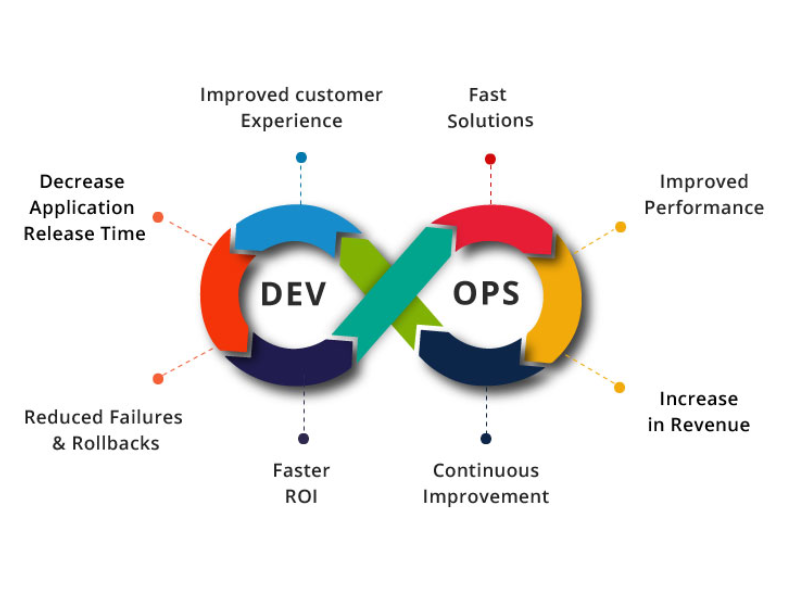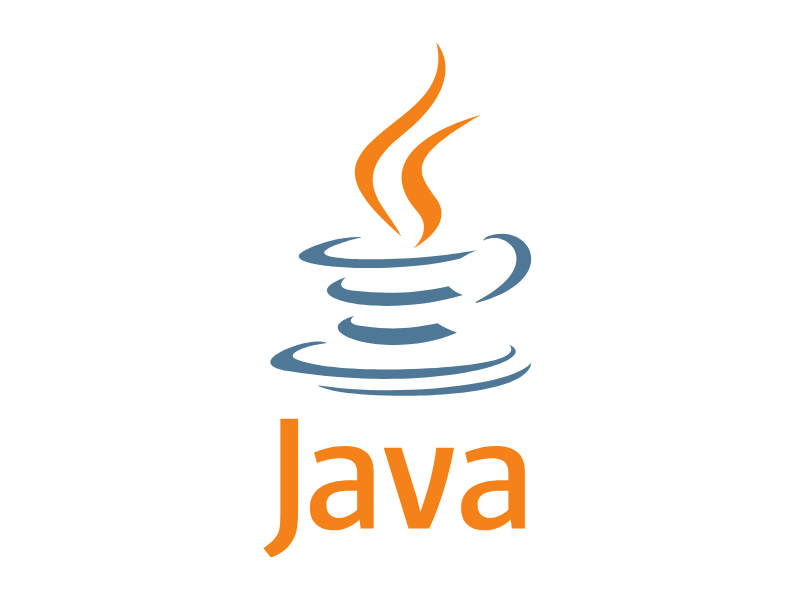Master AI & IT Skills
Build the Career You Deserve
Upskill with TekspotEDU — Hyderabad & Bangalore’s trusted institute for hands-on AI, Data Science, and IT training. Learn from experts, work on live projects, and become job-ready.
Start Your Training TodayMaster AI &IT Skills.
Build the Career You Deserve
Upskill with TekSpotEdu — Bengaluru & Hyderabad’s trusted institute for hands-on AI, Cloud, Data Science, and IT training. Learn from experts, work on live projects, and get job-ready.
About TekspotEDU
TekspotEDU is a premier Generative AI and IT training institute located in Hyderabad and Bangalore, providing advanced courses with project-based learning. Our goal is to make cutting-edge technologies accessible to everyone—through mentorship, flexible learning, and guaranteed placement assistance.

Courses We Offer

Generative AI
Learn Prompt Engineering, LLM fundamentals, and build real-world AI applications using tools like OpenAI, Hugging Face, and TensorFlow.

DevOps
Hands-on learning with Docker, Kubernetes, Jenkins, AWS, and CI/CD pipelines. Perfect for system engineers and cloud administrators.

Service Now
Gain hands-on experience with ServiceNow tools and become industry-ready for roles in ITSM and digital workflow management.

Digital Marketing - AI
Integrate AI automation into SEO, content strategy, and campaign management. Learn ChatGPT-powered productivity tools.

Full Stack Java
End-to-end web development using Java, Spring Boot, and React. Learn to build enterprise-grade applications.

Data Analytics
Learn Python programming hands-on with real-world projects designed for beginners and professionals alike.
Trusted by Learners & Professionals
Over the years, TekspotEDU has built a reputation as one of the most reliable AI and IT training institutes in Hyderabad and Bangalore. We’ve guided thousands of students through real-time projects, industry certifications, and placement-driven programs that launch successful tech careers. Our community spans learners from engineering colleges, IT professionals looking to upskill, and freshers entering the tech industry.
Students
Trained
2,000 + graduates from Hyderabad & Bangalore successfully completed TekspotEDU programs.
Placement
Partners
200 + hiring partners across India offering roles in AI Engineering, DevOps, and Software Development.
Live Projects
Completed
350 + real-time projects executed by students through TekspotEDU’s practical training model.
City
Presence
Hyderabad & Bangalore centers connected through hybrid online batches and modern training labs.
Why Choose TekspotEDU – Learn Smarter, Build Faster, Get Placed Sooner
Choosing the right institute can define your career path. TekspotEDU stands out as one of the best AI and IT training institutes in Hyderabad and Bangalore, a reputed Gen AI coaching center because we combine industry-grade curriculum, experienced mentors, and placement-driven results. Our programs don’t just teach you tools; they prepare you for interviews, portfolios, and real jobs in AI, DevOps, and Full-Stack Development.
Industry-Expert Trainers
Each batch is guided by professionals with 8 + years of hands-on experience in Gen AICoaching , Digital Marketing with AI, Cloud, and DevOps.
Placement-
Oriented
We integrate real interview questions, projects, and coding tasks that mirror actual industry requirements
Real Time
Projects
Students work on 5 + projects simulating real product environments using required technologies
Flexible
Batches
Morning, evening, and weekend batches available both online and offline at our Hyderabad & Bangalore centers
Learn more about the course
Our Learning Methodology – Turning Knowledge into Real-World Expertise
At TekspotEDU, learning is an immersive experience. Our AI training methodology blends structured theory with real-time project practice so students don’t just study technology — they build it. Designed for both beginners and working professionals, our process ensures consistent progress through guided milestones and measurable outcomes.
Concept & Foundation Learning
Build a strong base in AI, ML, DevOps, or Full-Stack with interactive trainer-led sessions.
Hands-On Coding Labs
Practice daily coding tasks and real datasets to reinforce every concept learned.
Live Projects & Expert Mentorship
Work on industry-level projects like chatbots, automation, or full-stack web apps.
Career Readiness & Mock Interviews
Prepare for jobs with mock interviews, technical tests, and one-on-one feedback.
Certification & Placement Support
Earn TekspotEDU certification and placement assistance in Hyderabad & Bangalore.
Continuous Guidance & Alumni Support
Stay connected with mentors and alumni for continuous learning and growth.
Frequently Asked Question?
TekspotEdu is a specialized training institute that offers intensive courses in Current IT Industry designed to equip learners with real-world IT skills through a project-based curriculum.
Each course is designed with a course curriculum, most of the courses will be completed in 60-90 days.
Our programs are ideal for:
Fresh graduates aiming to enter the IT field
Working professionals seeking a career switch
IT personnel wanting to upgrade their skills
Basic understanding of programming or IT concepts is helpful, but not mandatory. Our courses are designed to guide learners from foundational concepts to advanced applications.
We focus on:
Real-time projects (5+ per course)
Problem-to-solution learning rather than just tool usage
Job-oriented training with current industry practices
Personalized mentorship and guidance

Best AI Coachings in Hyderabad and Bangalore
TekspotEDU is widely recognized as one of the best AI coaching institutes in Hyderabad and Bangalore, offering career-oriented programs in Generative AI, Machine Learning, Data Science, and Artificial Intelligence applications. Our training focuses on helping learners gain a deep understanding of AI fundamentals while applying those skills to real-time projects. As a leading AI training institute in Hyderabad and Bangalore, we combine expert mentorship, structured course modules, and placement-driven learning to prepare students for fast-growing roles in the tech industry.
Our Generative AI course in Hyderabad and AI training in Bangalore are designed by industry professionals who work with advanced tools like Python, TensorFlow, PyTorch, Hugging Face, and OpenAI frameworks. TekspotEDU emphasizes hands-on projects, prompt engineering, and AI model deployment, ensuring students gain real implementation experience rather than theoretical exposure. Each batch follows a job-ready curriculum, covering both core AI concepts and the latest trends in automation, predictive analytics, and data-driven development.
What makes TekspotEDU the top AI training institute in Hyderabad and Bangalore is our team of mentors—experienced data scientists, DevOps engineers, and AI professionals from companies like IBM, TCS, and Accenture. We provide personalized mentoring, continuous evaluation, and one-to-one feedback sessions that make learning practical and results-oriented. Our AI coaching with placement support helps students build strong portfolios, prepare for technical interviews, and connect with more than 200+ hiring partners across Hyderabad, Bangalore, and other Indian tech hubs.
Both our Hyderabad AI training center and Bangalore AI coaching branch are strategically located to serve aspiring professionals and college graduates who want to build successful careers in Artificial Intelligence and Machine Learning. With flexible online and classroom batches, affordable fees, and guaranteed placement assistance, TekspotEDU continues to lead as the best Generative AI institute in Hyderabad and Bangalore. Join TekspotEDU today to master AI tools, complete live projects, and become an industry-ready AI professional.
Whatsapp US: Please choose a course
Resources
Get in touch!
6th Floor, Bhaskar Empire, Plot No. 8, above Bank Of Baroda, Whitefields, HITEC City, Kondapur Hyderabad, Telangana 500084. India
Copyright © 2025 TekspotEDU All Rights Reserved.


